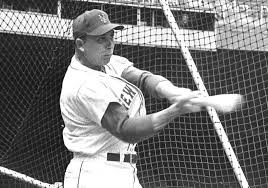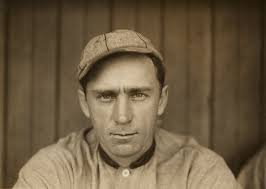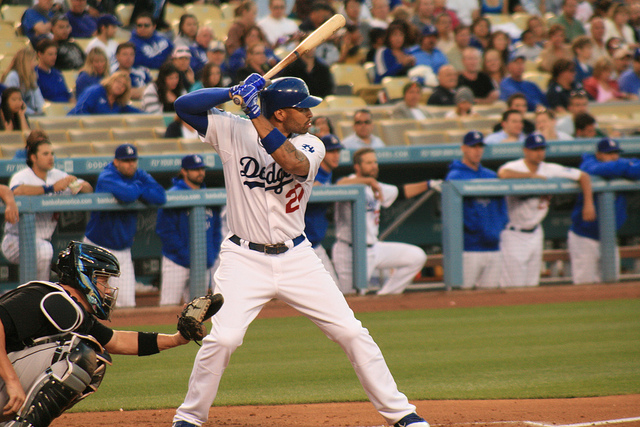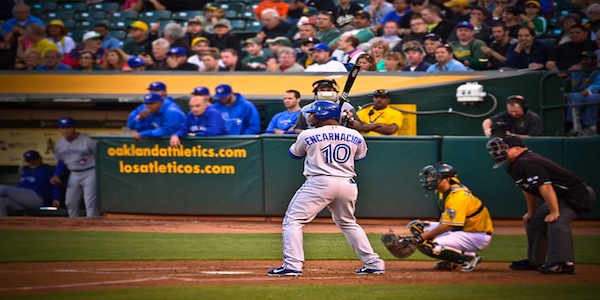Rotters and Sleepers: First Base
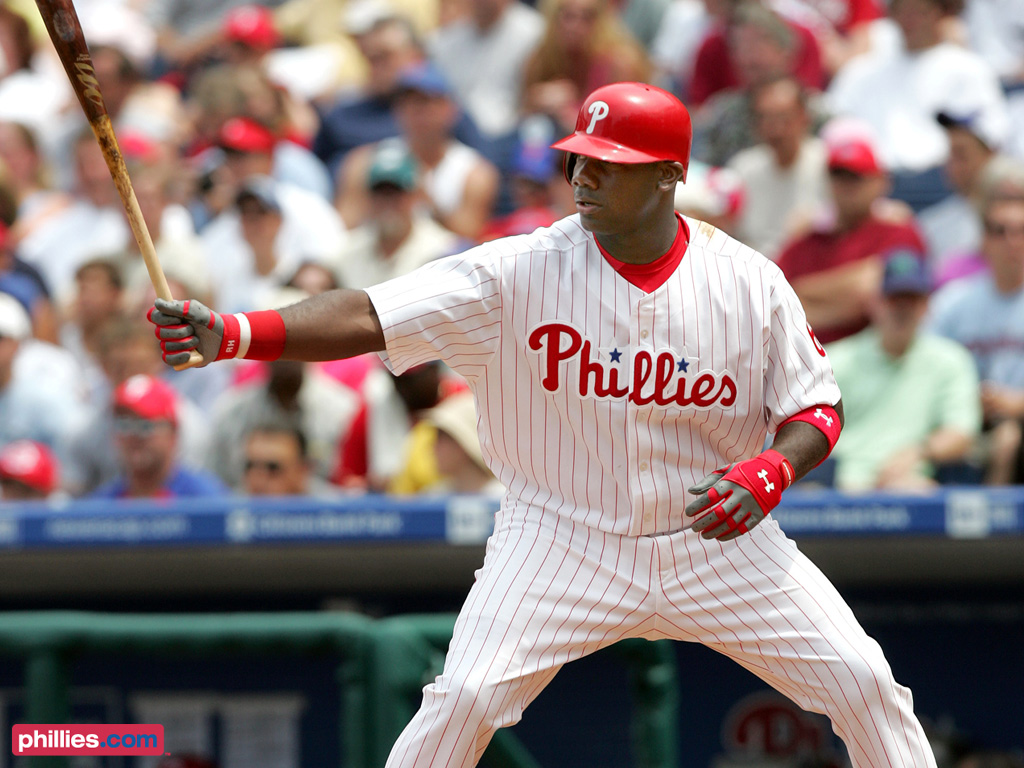
In the last edition, we saw that total run index can help us predict which catchers would continue to struggle and which ones would bounce back. I said help because nothing is 100 percent fool proof. Nothing ever could be 100 percent because that would take all the fun out of life. Every player’s career curve makes sense after the fact. Beforehand, the patterns often elude us.
That being said, we can minimize the risk by looking at the last several seasons of a particular player’s performance. We can often see patterns that we might not see by looking at one or two seasons. First base is a position some people like to wait on and sometimes a sleeper or two can emerge. Cashing in on those guys would be preferable to selecting a first baseman in the first or second round. That is of course if you peg the right guy.
[am4show have=’p4;p7;p3;’ guest_error=’Front Office’ user_error=’Front Office’ ]
Adrian Gonzalez — Los Angeles Dodgers
- 2012: +10.1
- 2011: +43.8
- 2010: +40.9
- 2009: +47.1
- 2008: +24.8
The profile above is the perfect profile for a bounce back campaign. Often times it isn’t that easy. He actually had his first full season in 2006, so he had six good seasons before last season. Sometimes, that’s all a player gets, but most of the time, players like Gonzalez have at least one or two more big years in them before they go down the tubes.
The problem with Gonzalez was a lack of power last season. Moving from Fenway Park to Dodger Stadium doesn’t sound like the best cure for that problem. That being said, if you buy into the whole psychology angle then we might say he likely will be more comfortable in southern California than he was in the northeast. Grade: Sleeper
Ryan Howard — Philadelphia Phillies
- 2012: -6.5
- 2011: +16.3
- 2010: +15.7
- 2009: +30.8
- 2008: +16.8
Sometimes, a visual representation of data is a lot more enlightening. If we were to graph this data the implications would be as plain as day. Someone asked on twitter if there was one first baseman to avoid and I pegged Howard. The problem is that the Phillies are still on the hook for a few more years of his hefty salary.
When we look at pitch f/x data, we see that he is swinging at balls outside the zone at an alarming rate. Between 2005 and 2009 he remained steady between 25 and 27 percent on swings outside the zone. From 2010 to 2012 he went from 33 percent to 37 percent. That’s simply unsustainable. He may not be a negative impact player next year, but he certainly won’t be much better than he was in 2011. Grade: Rotter
Lance Berkman — Texas Rangers
- 2012: +3.7
- 2011: +45.8
- 2010: +8.4
- 2009: +23.0
- 2008: +49.5
Berkman’s career path is pretty clear at this point. When you track the careers of Hall of Fame sluggers (or near Hall of Fame sluggers) you’ll notice that many of them see pretty rapid decline until one season in their mid to late thirties where they seem to stave off the effects of rot. That season was 2011 for Berkman and it may have been enough to make him more than a Hall of Fame after thought.
Considering the facts (and the fact that he already crashed and burned in 2012), it is really surprising that anyone gave him a significant sum to come back. I suppose it is not completely out of the question that a second renaissance could happen, but there is considerably less evidence of that happening in history. Grade: Rotter
Carlos Pena — Houston Astros
- 2012: -3.0
- 2011: +17.0
- 2010: +6.3
- 2009: +23.6
- 2008: +21.7
If one were to look at the first four seasons and predict a 2012 outcome for Pena they would not have come up with -3.0 runs in a thousand years. Sometimes you can make a good decision that turns out badly. The Astros are betting that lightening will not strike twice in a negative way. Like with the others, there are not clear signs that things will turn around, but you can make a reasonable bet.
Unlike Ryan Howard, his contact rate and rate of swings outside of the zone have remained steady over the last six seasons. On the other hand, his batting average on balls in play hasn’t been higher than .267 since 2008. Betting on a reasonable .290 to .300 BABIP might be in order. Grade: Sleeper
James Loney — Tampa Bay Rays
- 2012: -15.1
- 2011: +7.3
- 2010: +0.6
- 2009: +3.0
- 2008: +0.7
Signing Loney might seem like lunacy at the moment, but when you consider that it is essentially the same bet as they made with Pena you can see why they did it. This doesn’t even mention the defensive advantage that he brings that Pena does not. Of course, that’s not really what the gamble is all about.
Loney is the epitome of average offensively and that is not exactly worth a whole lot in terms of fantasy. In terms of real baseball, when you add superlative defense to average offense you get a pretty good player. That’s the player they hope they are getting for a small price. For you, that only means anything if you are playing in an AL only league. Grade: Sleeper
Adam Lind — Toronto Blue Jays
- 2012: -2.1
- 2011: -0.7
- 2010: -11.2
- 2009: +36.1
- 2008: +2.5
This is the classic case of looking at numbers and wondering which season is the one that doesn’t belong. That’s pretty clear at this point and it becomes more and more clear the further we are removed from 2009. The Blue Jays keep hoping for something different to happen, but this is probably the last season for Lind. Grade: Rotter
[/am4show]


